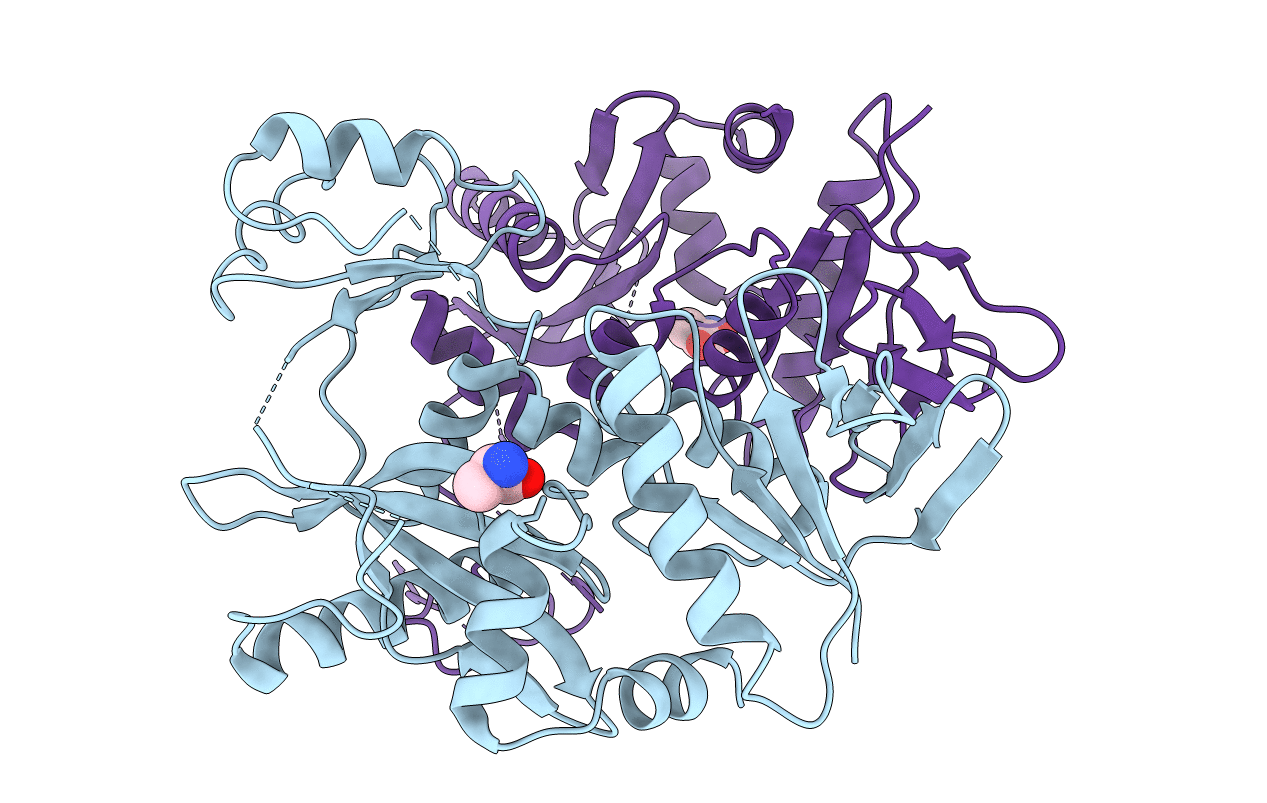
Deposition Date
2019-12-22
Release Date
2020-07-15
Last Version Date
2023-11-22
Entry Detail
PDB ID:
6LL9
Keywords:
Title:
Crystal structure of D-alanine-D-alanine ligase from Aeromonas hydrophila
Biological Source:
Source Organism:
Aeromonas hydrophila (Taxon ID: 644)
Host Organism:
Method Details:
Experimental Method:
Resolution:
2.70 Å
R-Value Free:
0.35
R-Value Work:
0.29
R-Value Observed:
0.29
Space Group:
P 21 21 21


